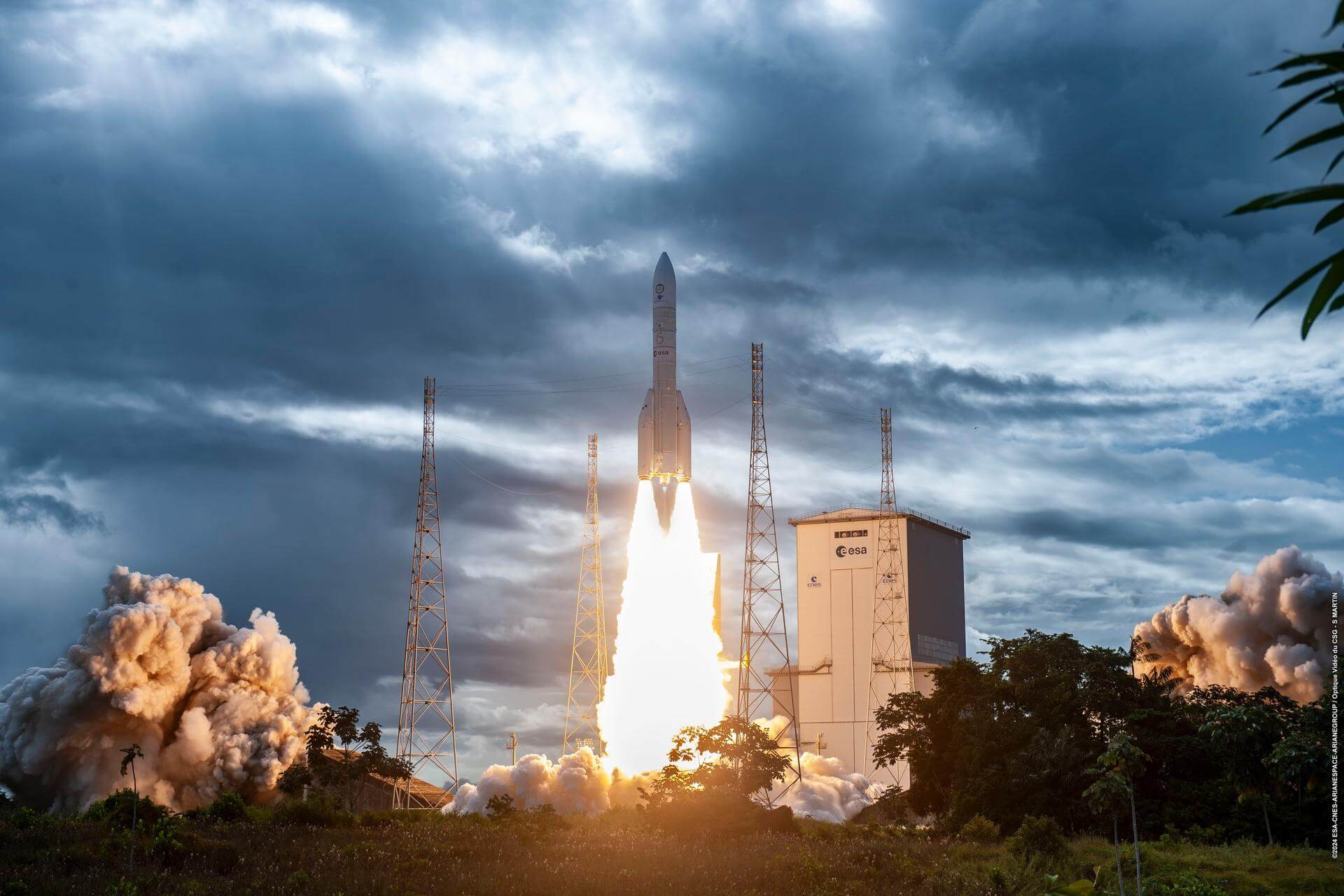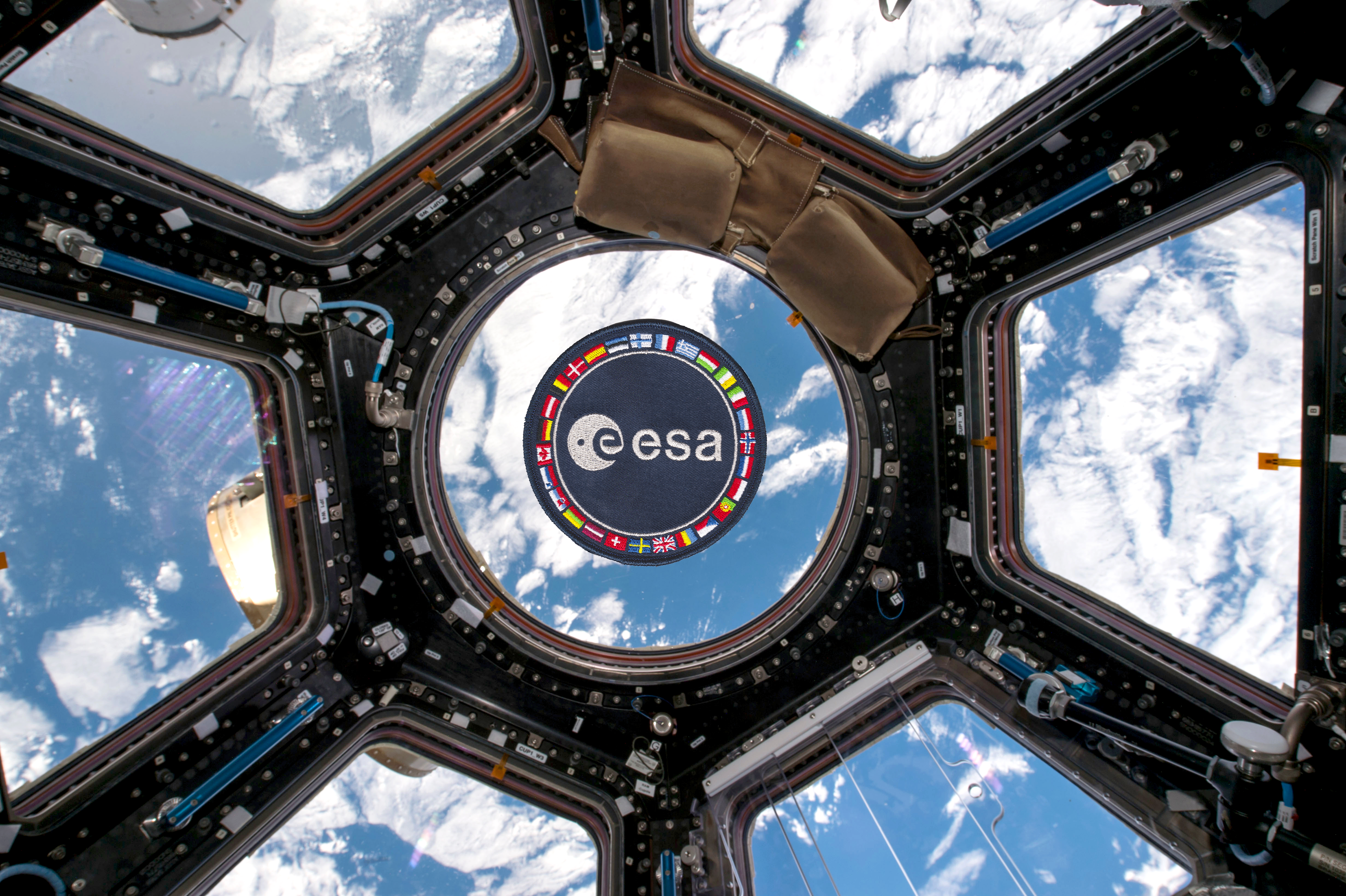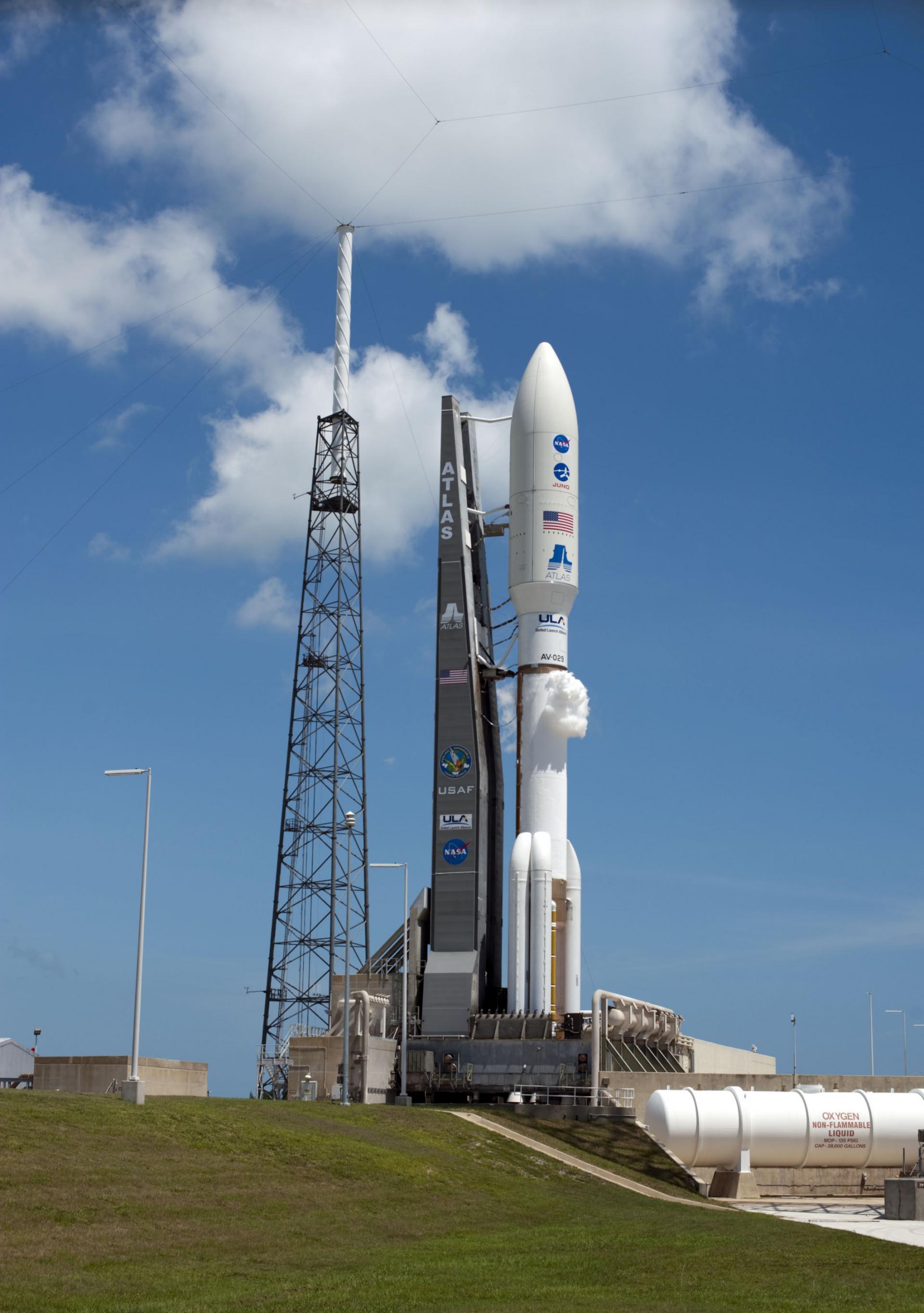· space brief · 4 min read
Space Brief 30 Jan 2025
Today's Space Brief covers key developments including U.S. Space Force tech accelerator, SpaceX veterans' startup funding, ULA's expected dominance in national security missions, and new satellite activity.

📄Top Stories
Today’s space news highlights the U.S. Space Force’s selection of companies for a new tech accelerator, SpaceX veterans securing significant funding for hypersonic weapon development, and a projection that ULA will surpass SpaceX in national security launch missions for 2025. These updates illustrate the accelerating pace of innovation and competition within the space industry.
📰Detailed Coverage
U.S. Space Force Initiates Tech Accelerator with Industry Partners
The U.S. Space Force’s Rapid Capabilities Office has selected ten companies to participate in its inaugural Prime Fusion Pilot Accelerator. The initiative is designed to foster the rapid development of technologies critical to the space force’s missions and strategies. This move highlights the importance of collaboration between military organizations and private sector innovators in maintaining technological edges in space.
The selection process focused on companies with promising technologies that could potentially enhance the capabilities of the U.S. Space Force. This accelerator aligns with broader efforts across the U.S. defense community to streamline technology development and support startups in the space sector, promising advancements that could influence future satellite operations.
Read the full story: SpaceNews
Hypersonic Ambitions: SpaceX Veterans Secure Major Funding
California-based startup Castelion, founded by veterans from SpaceX, has secured $100 million to develop hypersonic weapons. Castelion aims to revolutionize hypersonic technology with innovative manufacturing processes that reduce costs and production time. This funding represents a significant step for the company in a competitive and strategically important technology domain.
Such advancements in hypersonic technology are expected to have considerable implications for global defense dynamics. Hypersonic weapons are designed to travel at speeds greater than Mach 5, challenging current tracking and defense systems. This underscores the need for enhanced satellite tracking capabilities to monitor the development and deployment of such technologies.
Read the full story: SpaceNews
ULA Set to Lead in 2025 National Security Missions
The U.S. Space Force anticipates that United Launch Alliance (ULA) will conduct more national security launches than SpaceX in 2025. With ULA’s Vulcan rocket set to take on 11 missions and SpaceX slated for seven, this marks a significant shift in competitive standings between these two giants in the space launch sector.
This forecast is grounded in the reliability and upcoming advancements in ULA’s launch capabilities. ULA’s Vulcan rocket, expected to debut shortly, is designed to provide the performance needed for complex national security missions, demonstrating a significant commitment to serving the U.S. government’s strategic objectives.
Read the full story: SpaceNews
🛰️Satellite Spotlight
- Satellite Name: ION SCV-006
- NORAD ID: 52761
- Launch Date: 2022-05-25
- Mission: This satellite is primarily involved in satellite deployment.
- Orbit: Inclination - 97.5471°, Period - 94.0385 minutes, Eccentricity - Low (slightly elliptical)
- Operator: DORBIT
- Fun Fact: ION SCV-006 is equipped with CubeSat deployers, enabling it to release multiple small satellites into their respective orbits.
Current TLE Data:
1 52761U 22057AF 25030.10726465 .00016052 00000+0 52827-3 0 9998
2 52761 97.5471 157.1571 0024846 114.9071 245.4756 15.31287683148763Track this satellite in real-time on our web app: Track ION SCV-006
🚀Upcoming Space Launches
January 31
- SpaceX Falcon 9:
- Starlink Group 11-4 from Vandenberg Space Force Base, CA, USA (23:10 UTC) A batch of satellites for the Starlink mega-constellation - SpaceX’s project for space-based Internet communication system.
February 2
- Mitsubishi Heavy Industries H3-22:
- Michibiki 6 (QZS-6) from Tanegashima Space Center, Japan (08:30 UTC) QZSS is a Japanese satellite navigation system operating to achieve optimal high-elevation visibility in urban canyons and mountainous areas.
February 3
-
SpaceX Falcon 9:
- Starlink Group 12-3 from Cape Canaveral SFS, FL, USA (08:54 UTC) A batch of satellites for the Starlink mega-constellation - SpaceX’s project for space-based Internet communication system.
-
Rocket Lab Electron:
- IoT 4 You and Me (Kinéis 16-20) from Rocket Lab Launch Complex 1, Mahia Peninsula, New Zealand (20:43 UTC) Fourth batch of five satellites for the French Kinéis IoT constellation.
-
SpaceX Falcon 9:
- WorldView Legion 5 & 6 from Kennedy Space Center, FL, USA (23:32 UTC) WorldView Legion is a constellation of Earth observation satellites, offering high-resolution imagery.
February 4
- Blue Origin New Shepard:
- NS-29 from Corn Ranch, Van Horn, TX, USA (15:30 UTC) This flight will simulate the Moon’s gravity and test lunar-related technologies with support from NASA.
February 11
- China Aerospace Long March 8A:
- Demo Flight from Wenchang Space Launch Site, People’s Republic of China (09:53 UTC) Demonstrative launch to test upgraded rocket stages and engines.
February 26
-
SpaceX Falcon 9:
- Lunar Trailblazer & Nova-C IM-2 from Kennedy Space Center, FL, USA (00:00 UTC) This mission carries NASA’s PRIME-1 payload to demonstrate in-situ resource utilization on the Moon.
-
Arianespace Ariane 62:
- CSO-3 from Guiana Space Centre, French Guiana (16:24 UTC) CSO-3 is the third generation high-resolution optical imaging satellite for the French military.
Note: Launch dates and times are subject to change due to technical or weather considerations.

Maurice Stellarski





